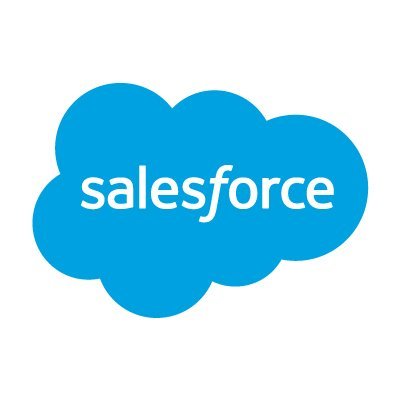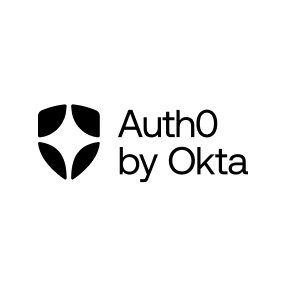Trilliant Health Trust Center
Trilliant Health uses market and predictive analytics to redefine how the healthcare industry develops strategies, understands consumer healthcare decisions and maximizes return on invested capital. We understand that the confidentiality, integrity, and availability of information is crucial. This page is designed to provide you with transparency and information about how we handle data, the measures we take to safeguard it, and our compliance with relevant regulations and industry standards.
See Reports
Compliance

SOC 2 Type 2
Service Organization Controls (SOC 2) (Type II) trust services principles
HITRUST
HITRUST Common Security Framework (CSF)
HIPAA
HIPAA Security Rule
Monitoring
Continuously monitored by Secureframe
Subprocessors

Microsoft Azure
Hosting / cloud platform

Databricks, Inc.
Infrastructure provider to enable customer data querying and analytics product features

Tableau
Data Analytics and Reporting

Zendesk
Customer Support

GitHub
Software Development

Salesforce
Customer Management

Hubspot
Marketing and communications

Auth0
Customer provisioning and administration

Stripe
Payment processing
